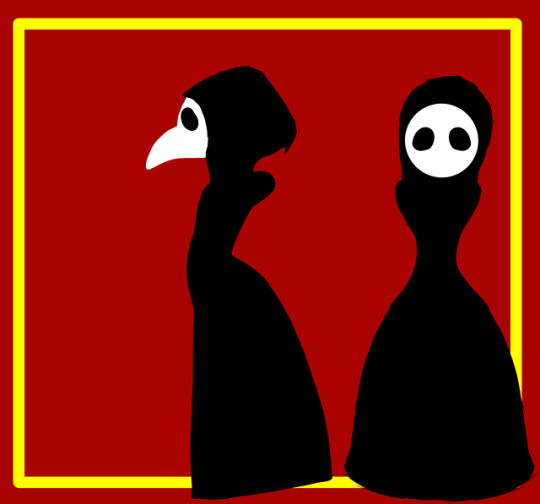Text
This bot is fucking powerful.
spicy Narancia sucked a vase
1 note
·
View note
Photo
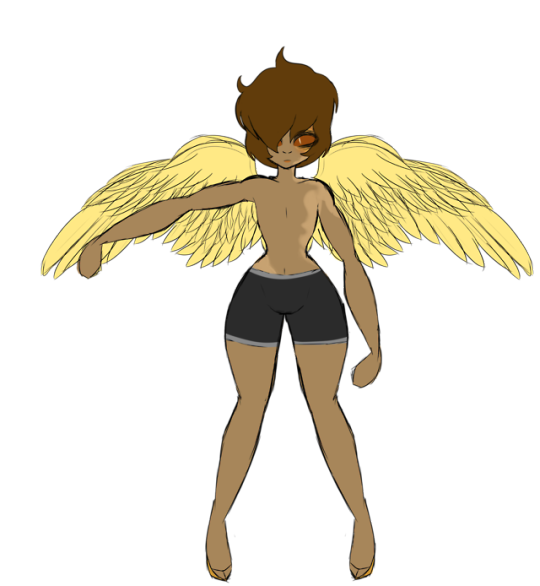
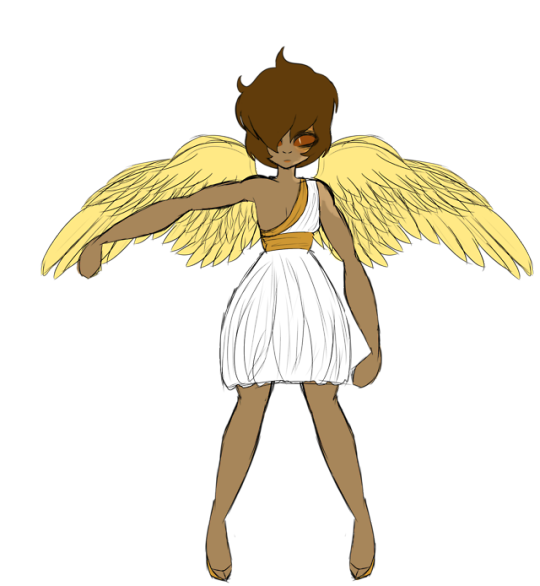
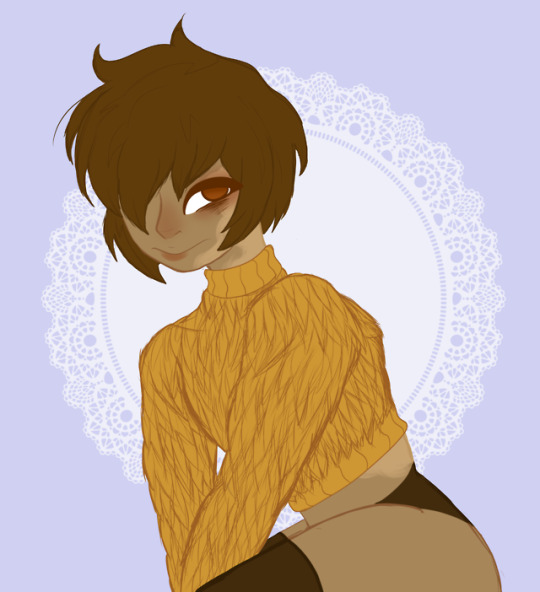
Boi
an old oc that I never use
1 note
·
View note
Photo
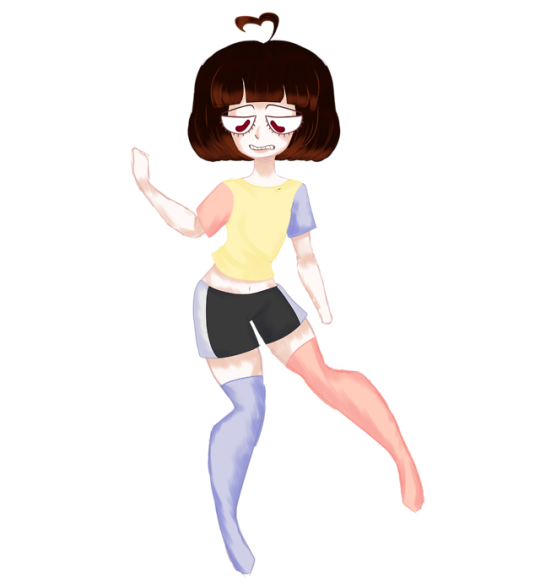
whoops my hand slipped and I made another sketch
1 note
·
View note
Text
hey guys im Bruno welcome to my minecraft playthrough
3 notes
·
View notes
Photo
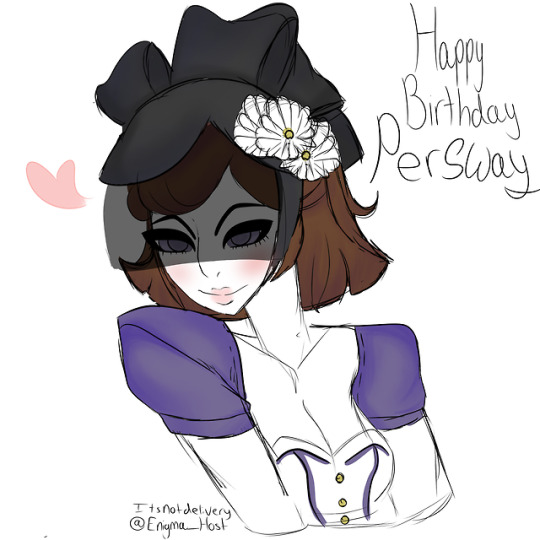
A quick sketch I did for Perswayable on his b-day. He mained Perfumer at the time.
11 notes
·
View notes
Photo
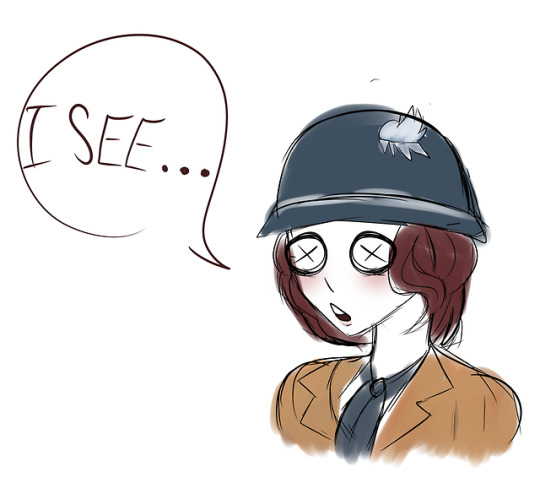
Mind’s Eye sketch but I forgot that she wears glasses.
8 notes
·
View notes
Text
😝When😭👋someone👌👀👌other🔥🍑👅than😩😛a💖porn-bot👄💦follows😏you😲💖💖
0 notes
Photo

★Open the door★
★Get on the floor★
★Everybody walk the dinosaur!★
2 notes
·
View notes
Photo
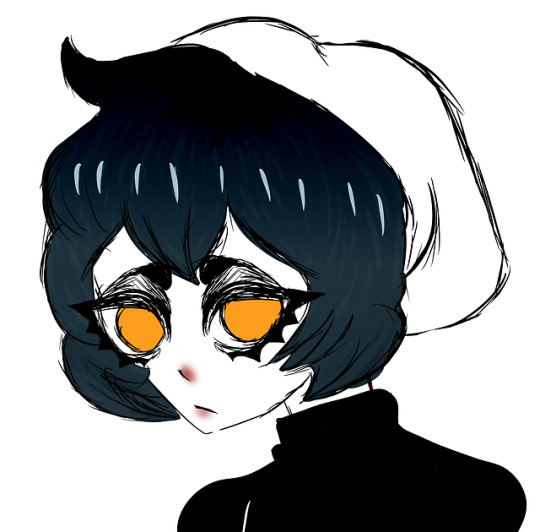
Emo boi
0 notes
Photo
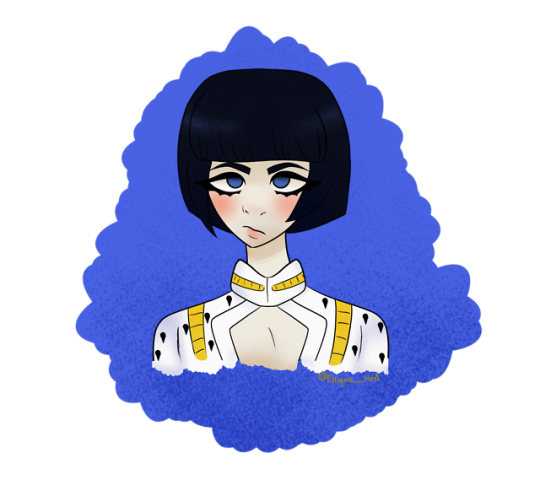
Old ass drawing of Bruno. Like...really old.
#blur tool op#jjba#jojo no kimyō na bōken#jojo part 5#bruno buccellati#you are my daaaad youre my dad! boogie woogie woogie
5 notes
·
View notes
Note
Yall ever just??? get your life saved???
Hello! Um, may I ask an advice on character design? Especially designing clothing. I keep hearing how important clothing is when it comes to character design, how it's meant to show the character's personality and stuff. But uh.. my main problem is that I don't really KNOW much about fashion or clothes in general. So I'm kinda having trouble in determining what this and that character would wear and how they'd wear that bc I only know and draw simple clothes. Sorry if this is hard to answer...
Despite walking side by side with a number of fashion-students daily, I still don’t know much about contemporary trends and the sorts. But when it comes down to it, unless you are making historically accurate/ or contemporary worlds for your character to live in, ( in which case - you can google yourself to a great many references ), you can disregard a lot of ‘modern’ proforma in terms of how to costume your characters.
In storyworlds, it’s more important to take materials, shape, function and colours into account rather than whether or not someone is objectively “ trendy “ looking. Fashion changes with the season, so if you want to create a timeless design, stray from any contempoary fads.
That is why I recommend you look to couture fashion as your inspirational source.

Whereas the usual fashion lineups we see available in stores, couture doesn’t aim to sell itself as a marketable outfit, but rather as a source for other’s to take inspiration. Couture explores the wild and untamed side of fashion and textile design and is undoubtedly one of the highest forms of art within the fashion industry.
Here you can find all sorts of crazy outfits, that all convey ideas and concepts, which might appeal much more to you as a character designer, due to the outfit’s iconic shapes and unique spins.
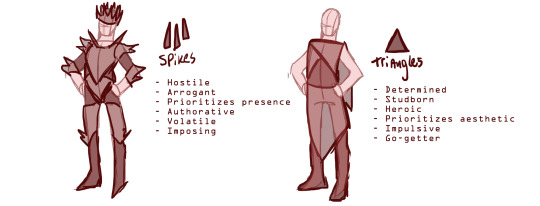
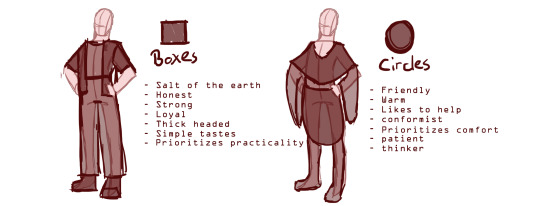
If you’ve been with the blog for a little bit, you might have stumbled over my previous tutorial on character posing and quick introduction to character costuming. If not, you can find it here
On functionality:
Meta know-how on character design comes from looking at the world around you. One very important thing to take into consideration is your character’s function. Their career usually fills in for this particular segment of your design process.
Thusly: You would be wise to think critically about their outfits, in conjunction to what they do in their daily lives.
A lumberjack wouldn’t be wearing long, frilly garments as they would get in the way of his axe.
A modern doctor doesn't wear bright, sprawling tops, as it would compromise her image of sophistication, by making her look like a sprawling, playful kindergarten teacher.
Of course, all of this can vary depending on how your world treats said career or function ( ex: a fantasy witchdoctor or shaman might differ from a modern doctor ), but always be aware of the practicalities of your outfits contra what tasks the character performs.
I used an example in the linked post: an image of a character wearing two different sets of clothing. Of which both of them were communicating vastly different functions, and even personality traits. Give it a look-over and see if you can figure out what, and -why- the outfits communicate differently.
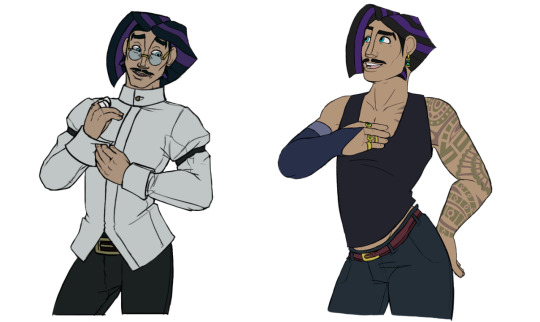
The abstract part:
If you’re into more abstract designs, such as seen in a lot of cartoons or comics, you will have to focus a whole lot on the character’s silhouette when designing the outfit. Semi-realistic styles also abide by their character’s silhouette, but usually, this style sticks to less outlandish exaggerations.
A good thumb rule is to design based on the principle that: Your character’s outfit should build on TOP of its anatomical silhouette. And should never dilute the character’s outline ( unless the outfits shape itself is interesting enough to take precedence of the entire silhouette )

Here’s an example for a design project I’m currently doing, as prep work for a character-design course. The nude model displays that the character’s mid-section slopes inward dramatically. By adding a clasp/corset around his midsection, whilst adding a loose, slightly sagging top, and a pair of broad chaps on top of his tights, I can emphasize that particular slope, and make it a key part of his design. Thusly having the outfit work harmoniously to improve the character’s visual appeal.
I personally love to work in these sort of “ singes “. Slapping large, bulking shapes against slender ones tends to give off decent results.
A note on materials:
A few more tips before I let you go. Consider them tiny art-hacks for conveying textiles through your lineart and colouring.
Textile behaviour
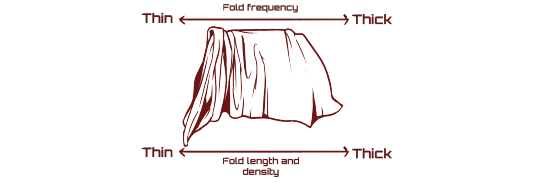
The density and stiffness of a fabric usually convey through the number of folds and creases, and the sizes of these folds and creases. Generally: The higher the frequency of folds and creases, the more flimsy the fabric. / The longer and deeper the folds and creases, the thinner the fabric.
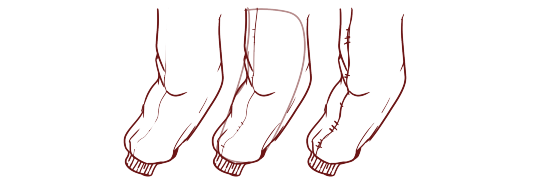
A neat stitch
Seams is a great way to show direction, flow and quality of a piece of clothing. In high-fashion, seams are a no-no, so seeing exposed seams and stitches on expensive articles of clothing are rare unless part of a contemporary ( often post-modern) trend. While rough stitches and visible seams are frequent on more low-quality articles.
This premise can be used to convey just how exquisite ( or not ) your character’s outfit is. Rougher seams and stitches also make the fabric itself look more coarse and rough.
Dyes
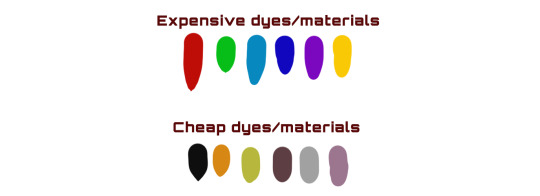
Unsurprisingly, it may be worth looking into the cost of dyes for your character’s outfit. This is especially important if you work with storyworlds that exist pre-industrialization and the normalization of synthetic dyes.
On top of also considering your character’s subcontextual colour symbolism ( happy character’s wear yellow, evil character’s wear black, etc ), you should consider whether or not your character would have the funds and resources to invest in clothes boasting bright colours.
Strong dyes, such as bright red, blue, purple and green ( along with glittery ‘colours’ such as silver, brass and gold ) - were expensive back in the day, and only reserved for those who had the coin to pay up.
So if your character is a peasant farmer from an impoverished district, maybe bright dyes isn’t right for their financial spending.
I’ll go out on a limb and say that you can consider the dye/pricing as such: The brighter and more saturated a dye is, the more expensive it would be to get your hands on.
Katla is property of WackartTristan is property of Studio!Wackart- mod wackart ( ko-fi )
Sources: https://www.vogue.com/fashion-shows/spring-2017-couture/guo-pei/slideshow/collection#18https://www.pinterest.dk/40plusstyle/http://www.dazeddigital.com/fashion/gallery/15535/2/tim-blanks-is-judging-youhttps://www.vogue.co.uk/shows/spring-summer-2004-couture/christian-dior/collectionhttps://www.tumblr.com/blog_auth/seaborder
872 notes
·
View notes
Photo
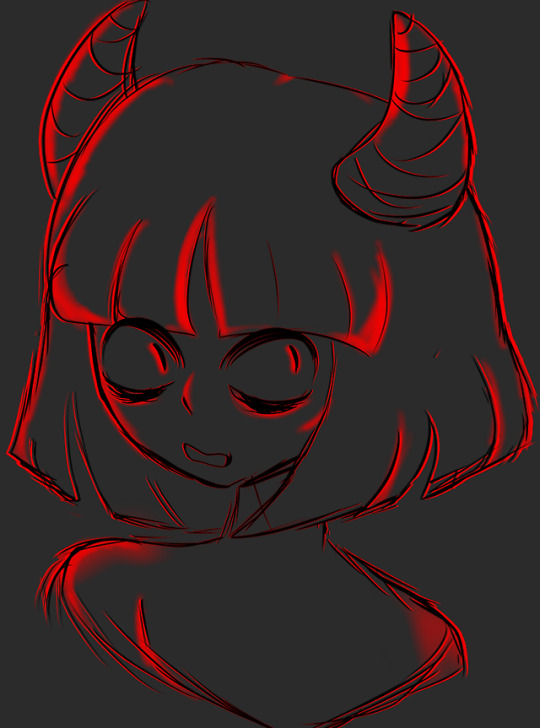
Another sketch aaaa, this one isn’t very good tho :^0
1 note
·
View note
Text
AAAAAAA
IVE ACCIDENTALLY TURNED THE EMOJIS ON AND IM TOO LAZY TO TURN THEM OFF BUT NOW I HAVE NO IDEA WHAT YALL BE SAYING HHHHHH
2 notes
·
View notes
Photo
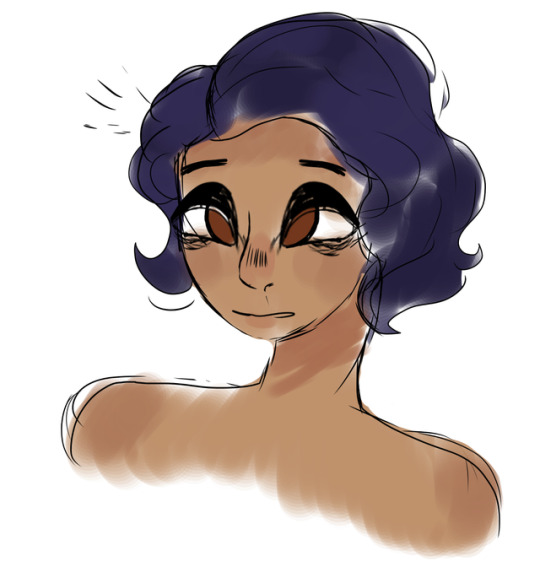
5 minute sketch for Jellolas on Toyhouse!
2 notes
·
View notes
Photo
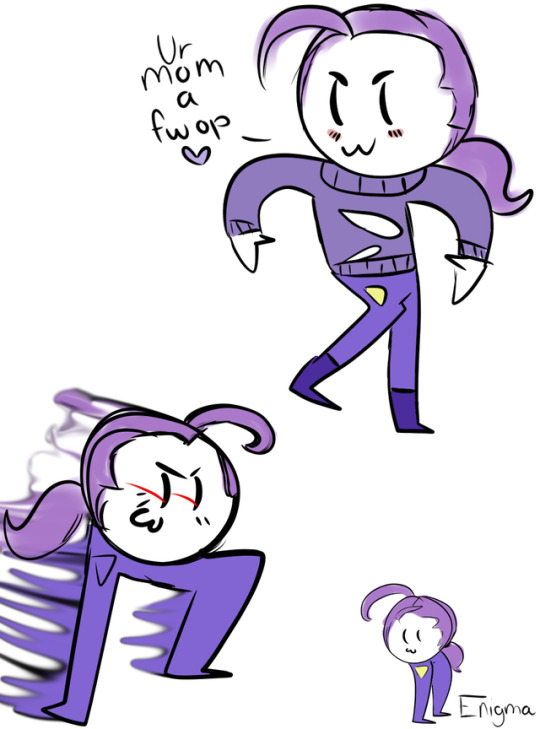
Some doodles for my girlfriendo, @fandom-flops
Also here’s my hot take
Purple Doppio > Pink Doppio
11 notes
·
View notes
